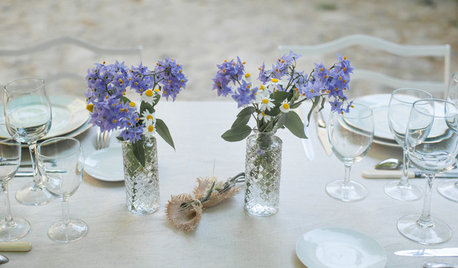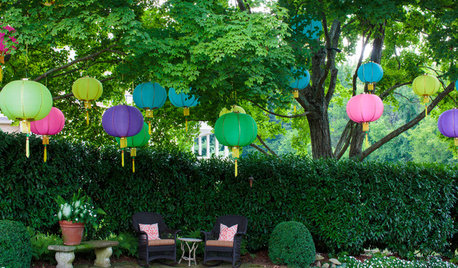Centauria as Host for AL
Leafhead
9 years ago
Related Stories

PRODUCT PICKSGuest Picks: Host a Late-Summer Soiree
Have a beachy but elegant summer fling with serveware, glasses and accessories that nod to nautical
Full Story
ENTERTAININGEasy Hospitality: 3 Basics for Successful Hosting
Make guests comfortable even if resources are tight by getting these entertaining essentials down pat
Full Story
SHOP HOUZZHouzz Products: Al Fresco Happy Hour
Make your own backyard the best tapas bar in town with these outdoor furnishings and entertaining essentials
Full Story
ENTERTAINING8 Steps to a Perfectly Set Dining Table
The French art of table setting is all about details and making guests feel special. Follow these guidelines for an elegant result
Full Story
ENTERTAININGSummer Living: How to Welcome Weekend Guests
Thoughtful touches and smart planning make summer visitors feel right at home
Full Story
GARDENING AND LANDSCAPINGSpring Party Primer: 20 Ideas for Fabulous Fetes
Roll out the green carpet. On a lawn or in your living room, your spring party will be a hit with these tips and ideas
Full Story
LIVING ROOMSRoom of the Day: Paring Down to Style Up
A designer helps a San Francisco couple bring better order to their living room to highlight their eclectic style
Full Story
FALL AND THANKSGIVING8 Creative Accents to Set Your Holiday Table Apart
Give fall meals flair with decorations and serving pieces you make — or make better — yourself
Full Story








runmede
LeafheadOriginal Author
Related Professionals
Suffern Landscape Architects & Landscape Designers · Wilmington Landscape Contractors · Laguna Hills Landscape Contractors · New Cassel Landscape Contractors · Weslaco Landscape Contractors · 07920 Landscape Contractors · East Peoria Fence Contractors · Georgetown Fence Contractors · River Edge Fence Contractors · Saint Louis Park Fence Contractors · San Rafael Fence Contractors · Walnut Fence Contractors · Spokane Window Contractors · Mamaroneck Window Contractors · Santa Cruz Window Contractorsrunmede
MissSherry
LeafheadOriginal Author
runmede
runmede